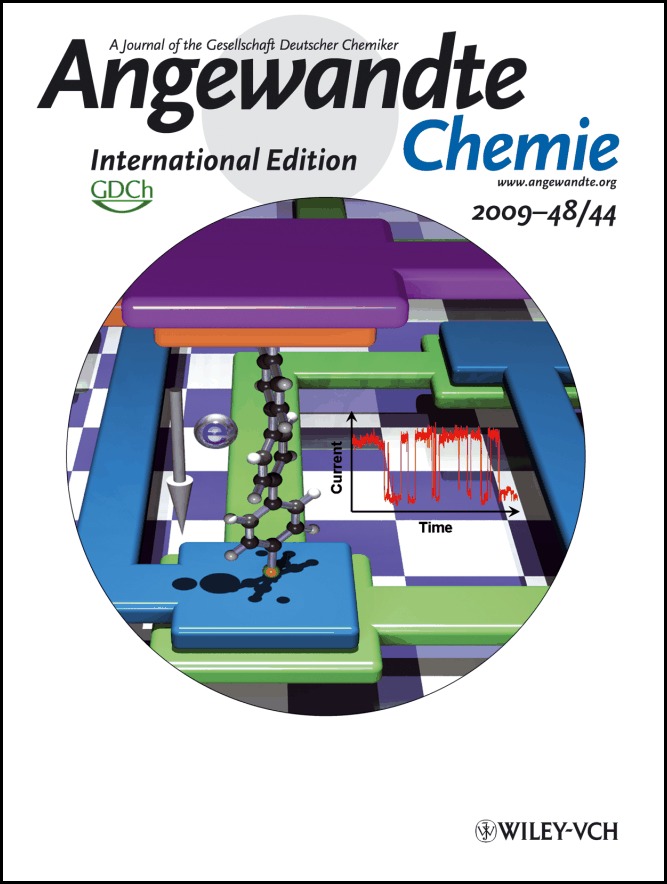Using single molecules as the building blocks of electronic devices is the ultimate goal of molecular electronics. However, measuring, understanding and manipulating the transport of charge through molecules attached to nanosize electrodes remains a difficult task. It is thus important to fabricate molecular junctions exhibiting reproducible and stable electrical response, and evaluate their performance. While chemists are able to synthesize molecules with amazing electronic, optical, magnetic, thermoelectric or electromechanical properties and with the potential to provide electronic devices with novel functionality, the integration into single molecular devices remains the main problem of the field "molecular electronics". It has been demonstrated that the electronic transport through a molecule depends not only on its intrinsic properties but also on specific details of the contacts and the local environment. Here we report a new strategy to monitor the conductance of such molecular junctions enabling to gain further insight into the detailed nature of the conductance of single molecules. Due to the stability and reproducibility of our junctions, our method provides a new perspective on studies of electronic transport on the nanometer scale.

Using single molecules as the building blocks of electronic devices is the ultimate goal of molecular electronics. However, measuring, understanding and manipulating the transport of charge through molecules attached to nanosize electrodes remains a difficult task. It is thus important to fabricate molecular junctions exhibiting reproducible and stable electrical response, and evaluate their performance. While chemists are able to synthesize molecules with amazing electronic, optical, magnetic, thermoelectric or electromechanical properties and with the potential to provide electronic devices with novel functionality, the integration into single molecular devices remains the main problem of the field "molecular electronics". It has been demonstrated that the electronic transport through a molecule depends not only on its intrinsic properties but also on specific details of the contacts and the local environment. Here we report a new strategy to monitor the conductance of such molecular junctions enabling to gain further insight into the detailed nature of the conductance of single molecules. Due to the stability and reproducibility of our junctions, our method provides a new perspective on studies of electronic transport on the nanometer scale.
